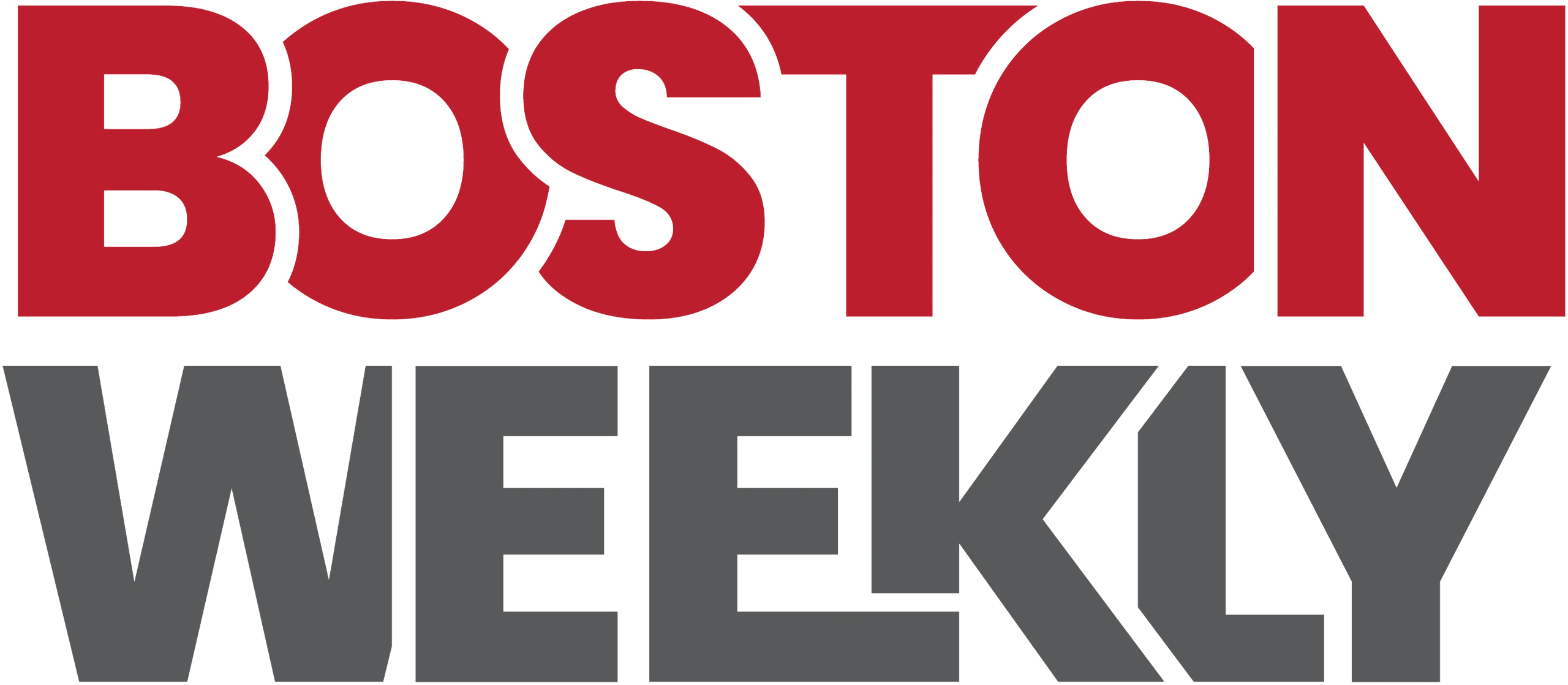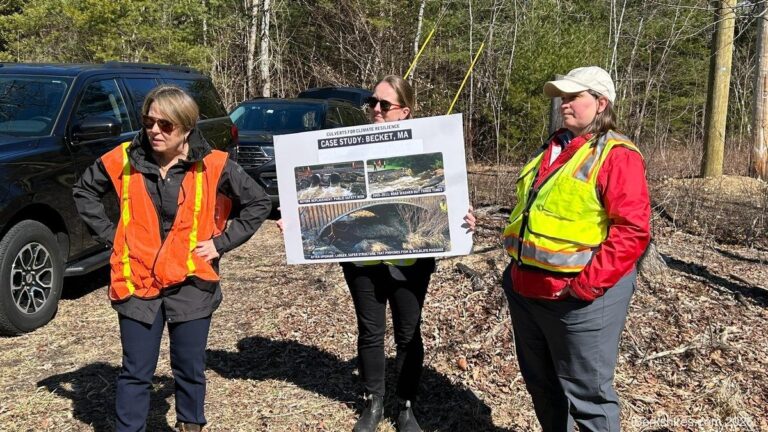Massachusetts Governor Maura Healey has announced an ambitious $8 billion plan aimed at transforming the state’s transportation infrastructure. The comprehensive proposal seeks to modernize transit systems,improve roadways,and enhance connectivity across urban and rural areas,marking one of the most significant investments in transportation in recent state history. Governor Healey emphasized that the plan is designed to drive economic growth, reduce congestion, and support sustainable mobility for millions of residents.
Table of Contents
- Governor Healey Outlines Comprehensive Funding Strategy for Statewide Infrastructure
- Focus on Sustainable Transit Solutions to Reduce Carbon Emissions
- Expansion of Roadways and Bridges Prioritized to Alleviate Congestion
- Recommendations for Public-Private Partnerships to Accelerate Project Delivery
- Final Thoughts
Governor Healey Outlines Comprehensive Funding Strategy for Statewide Infrastructure
Governor Healey has introduced a bold $8 billion funding initiative aimed at revitalizing Massachusetts’ infrastructure across multiple sectors. This comprehensive strategy prioritizes not only the modernization of roads and bridges but also seeks to advance sustainable transit solutions statewide. The plan integrates significant investments in public transportation, highway repairs, and climate-resilient construction practices to ensure long-term durability and environmental stewardship.
Key components of the plan include:
- Expansion and electrification of public transit networks to reduce carbon emissions
- Targeted upgrades to critical bridge and highway systems to enhance safety
- Innovative funding mechanisms leveraging public-private partnerships
- Community-focused projects to improve accessibility and mobility equity
Governor Healey emphasized that this initiative represents a pivotal investment in the commonwealth’s economic future, creating thousands of new jobs while addressing the urgent need for infrastructure resilience amid changing climate conditions. The plan’s meticulous design ensures that funding flows efficiently to priority projects that promise the greatest public benefit.
Focus on Sustainable Transit Solutions to Reduce Carbon Emissions
Governor Maura Healey’s ambitious $8 billion transportation initiative places a strong emphasis on combating climate change by prioritizing sustainable transit options. Central to the plan is a comprehensive upgrade of public transportation systems designed to lower greenhouse gas emissions significantly. This includes expanding the electric bus fleet, modernizing the MBTA’s infrastructure for increased energy efficiency, and incentivizing the use of zero-emission vehicles across the state. By integrating cleaner technologies and fostering a greener transit habitat, the administration aims to transform Massachusetts into a leader in sustainable urban mobility.
Key components of the plan focus on:
- Electrification of transit fleets, including buses and commuter rails, to reduce reliance on fossil fuels.
- Development of charging infrastructure supporting wider adoption of electric vehicles statewide.
- Investment in pedestrian-friendly and bike-friendly transit corridors to encourage active transportation modes.
- Enhanced funding for public transportation services, making them more accessible, reliable, and attractive alternatives to driving.
This forward-thinking approach reflects Healey’s commitment to aligning Massachusetts’ transportation future with its environmental goals, leveraging significant financial resources to spur impactful and lasting reductions in carbon emissions across the Commonwealth.
Expansion of Roadways and Bridges Prioritized to Alleviate Congestion
Governor Healey’s $8 billion transportation initiative focuses heavily on widening critical roadways and upgrading bridge infrastructure to ease chronic traffic congestion. The ambitious plan allocates significant funding for projects aimed at expanding lanes, modernizing deteriorating bridges, and enhancing traffic flow across major corridors. By targeting these bottlenecks,the administration seeks to improve daily commutes,reduce travel times,and support growing economic activity in densely populated regions.
Key project highlights include:
- Widening major highways and arterial roads to increase vehicle capacity
- Reinforcing and replacing aging bridges to ensure safety and durability
- Implementing advanced traffic management technologies to optimize roadway use
- Collaborating with local governments to prioritize areas with the highest congestion levels
These improvements are designed not only to address current transportation challenges but also to lay the groundwork for sustainable regional growth and smoother travel experiences for millions of residents.
Recommendations for Public-Private Partnerships to Accelerate Project Delivery
Enhancing collaboration between government agencies and private partners is crucial to accelerate transportation projects under the new $8B plan. Leveraging Public-Private Partnerships (P3s) enables shared risk management and expediting project timelines through integrated delivery methods. Experts recommend establishing clear contractual frameworks that outline responsibilities for design, construction, financing, operation, and maintenance, reducing bureaucratic delays and aligning stakeholder incentives for optimal efficiency.
To maximize the benefits of P3s, the plan emphasizes:
- Early engagement of private entities during the project development phase to foster innovation and cost-effective solutions.
- Transparent performance metrics to ensure accountability and continuous monitoring of project milestones.
- Flexible financing structures that attract private investment while safeguarding public interest.
- Streamlined regulatory approvals to avoid common bottlenecks impacting project delivery speed.
These strategies aim to harness the strengths of both sectors, driving transformative infrastructure improvements with speed and fiscal obligation.
Final Thoughts
As Governor Healey’s $8 billion transportation boost plan moves forward, all eyes will be on its implementation and impact across the state. The ambitious proposal aims to address critical infrastructure needs, enhance mobility, and stimulate economic growth. Stakeholders from government officials to everyday commuters will be watching closely to see how this significant investment shapes the future of transportation in the region. Further updates and developments are expected as the plan unfolds.

